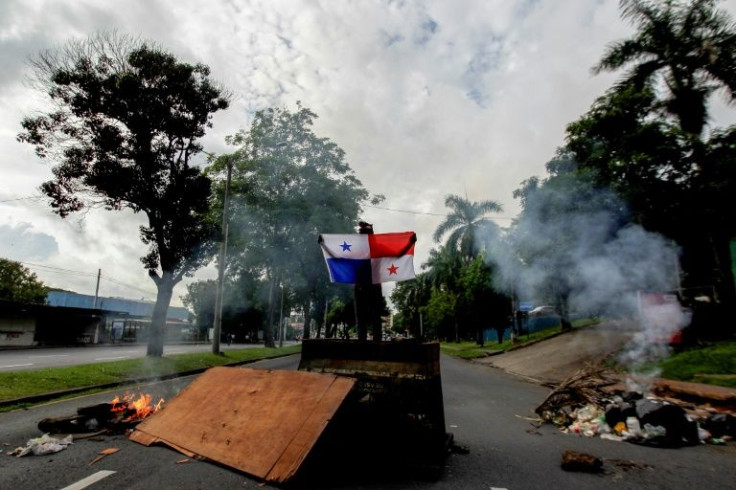For Panama, The Problem Is Social And Not Economic

Despite a dollarized and service-based economy, an inter-oceanic canal that rakes in more than $2 billion annually to the national exchequer, and high growth rates, Panama is experiencing one of the greatest social upheavals since the military dictatorship that ended in 1989 after the U.S. intervention.
The social unrest, which started on June 1, has set off alarm bells due to millions of dollars in losses per day. The nationwide protests could also hit trade, tourism and economic recovery after the mayhem created by the pandemic.
On the whole, the Panamanian economy was doing well. It grew by 17.8 percent in 2021 and reported 13.6 growth in the first quarter of 2022.
Real output increased by 15.3 percent in 2021, and the growth momentum is expected to continue into 2022, according to a prediction by the International Monetary Fund (IMF).
Though the trigger for the current impasse is the skyrocketing fuel prices, the accumulation of unsatisfied demands forced people to take to the street this month.
The protests in the Central American nation are similar in objective to those that occurred recently in Ecuador, Colombia and Chile.
Despite its high growth rate, Panama is known for a high rate of social inequality, including division, polarization, misinformation, injustice, corruption, drug trafficking, and violence and the call is for a better distribution of wealth.
Since July 1, tens of thousands of workers, teachers, students, doctors, and followers of social movements have taken to the streets across Panama, who are up in arms against the conservative government of President Laurentino Cortizo over the high cost of living.
The People United for Life Alliance, which brings together the social movements and trade unions from diverse sectors, is sticking to its guns to implement a list of 32 demands to lessen the grave economic, political, and social crises facing the nation.
Despite President Cortizo agreeing to freeze the price of gasoline and some basic goods on July 17, two vital demands for protesters, they have decided to continue with the stir, where banner-waving crowds block highways by burning tyres.
Under the pact, the government agreed to cut petrol prices to $3.25 per gallon and was willing to hold talks on lowering food and medicine costs that are key demands of protesters. Their other demands include increase in salaries and greater public investment in education.
Rejecting President Cortizo's offer, teachers' bodies, who were the first to take to the streets at the start of July, and community activists, who began protests last month over high fuel prices, have vowed to continue to hold more stirs.
The nation's influential construction workers' union has decided to kick start a 24-hour strike on July 20 and Panama Canal associations, which are banned from striking work by law, have extended support o these protesters
According to the Chamber of Commerce, Industries and Agriculture of Panama (Cciap) sales of retail trade were close to $40 million per day at the national level in July. At least 40 percent of that is wasted, amounting to $16 million, for each day due to the protests.
Fuel prices have increased by nearly 50 percent since January. In May, year-on-year inflation of 4.2 percent was recorded, along with 10 percent unemployment rate.
The blockade of the world's longest motorable road by indigenous and peasant groups has cut of western provinces of Chiriqui and Veraguas and in the regions of Azuero and Pacora where most of the Central American country's food is produced.
Although demonstrations have been nonviolent with few untoward incidents, police have often used tear gas and riot munitions to cast away protesters from blocking vital road connections.
In the second week of June, the government reduced petrol prices to $3.95 from $5.20 per gallon, but the move failed to appease the demonstrators.
Like every other leader in the region, Cortizo has put the blame on the pandemic and Russia's invasion of Ukraine for the country's economic woes. In an attempt to quell the stir, the government has urged the Catholic Church to mediate a dialogue. In a country of four million people, 70 percent of whom are Catholic.
The unrest occurs at a time when Cortizo, who has two years left in office, is facing cancer in his blood.





